The Ultimate Gin Guide
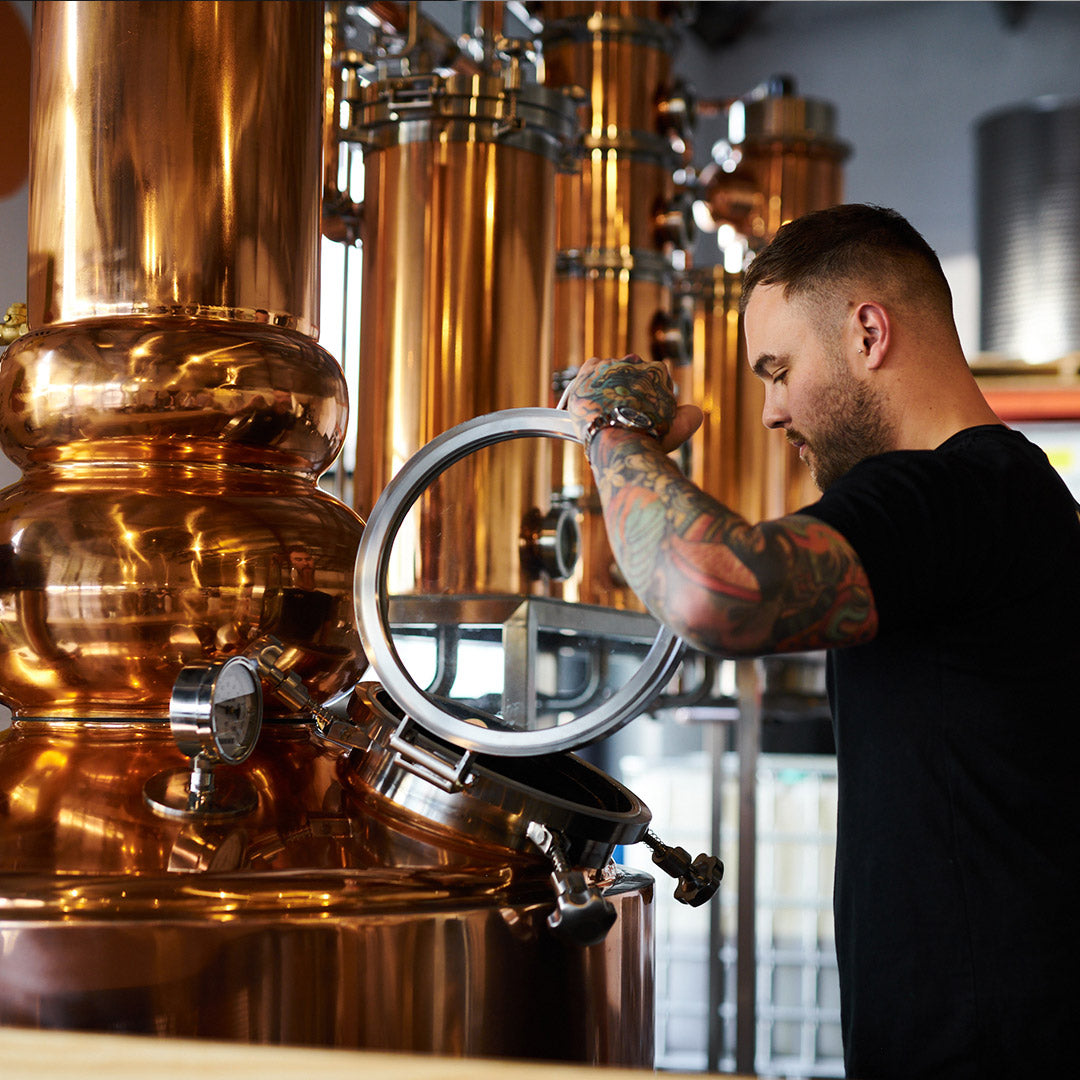
Table of Contents
- What is gin?
- What are the main types of gin?
- What are the 3 main ingredients in gin?
- Why is gin better than vodka?
- What is the most popular gin in the world?
- What is the best selling gin in Australia?
- What is gin made from?
- What kind of alcohol is gin?
What is gin?
Gin is made by redistilling a high-proof neutral spirit with assorted botanicals (roots, herbs, spices, citrus, etc.).
The neutral spirit that is used to make gin can be made from any starch or sugar base (grain, grapes, potato, molasses, etc.), each of which imparts its own unique and subtle characteristics on the spirit.
The key ingredient that must be included in the list of botanicals is juniper. Without juniper it cannot be called gin.
In addition to juniper, some botanicals that are commonly featured in a gin botanical bill are:
- Coriander seed
- Angelica root
- Orange peel
- Lemon peel
- Orris root
- Cardamom
- Cassia

What are the main types of gin?
Gin is a versatile category of spirit and it can be divided into 8 types, each with their own unique characteristics.
1. London Dry Gin
2. Plymouth Gin
3. Old Tom Gin
4. New Western or Contemporary Gin
5. Navy Strength Gin
6. Genever or Jenever
7. Compound Gin
8. Flavoured or Infused Gins

What are the 3 main ingredients in gin?
The 3 most common botanicals used to make gin are juniper berries, coriander seed and angelica root. Each ingredient imparts its own unique flavour profile to a gin.
1. Juniper Berries
2. Coriander Seed
3. Angelica Root

Why is gin better than vodka?
Gin is better than vodka for a number of reasons, but of course this statement is subjective and it all comes down to personal preference.
Here are 7 reasons why gin is better than vodka:
- Complex - gin is flavoured with botanicals including herbs, roots, spices, fruits, and flowers. This gives gin more complex and interesting flavours compared to vodka’s neutral flavour profile.
- Versatile - because of this diverse and complex flavour profile of gin, it can pair in a wide variety of mixed drinks and cocktails. The character of an individual gin can enhance a drink’s flavour, unlike vodka which will remain neutral.
- Character - vodka is prized for its smoothness whilst gin has more character and personality. The flavour from the botanicals give gin character that stands out in cocktails and can also be appreciated neat.
- Aromatic - these same botanicals used to add flavour to a gin are also responsible for adding aroma to the spirit which adds another dimension to the drinking experience.
- Cocktails - gin has played a pivotal role in modern cocktail culture and there are countless classic cocktails that are gin-based. The versatility of gin has made it a favourite amongst bartenders and cocktail enthusiasts. Some of the popular gin-based classic cocktails include the martini, clover club and negroni.
Read our Guide to Making the Perfect Negroni.
What is the most popular gin in the world?
The top five most popular gin brands listed by 9-litre cases sold in 2022:
- Ginebra San Miguel (37.9 million cases)
- Gordon's (7.7 million cases)
- Tanqueray (5.5 million cases)
- Bombay Sapphire (5.2 million cases)
- Beefeater (3.8 million cases)
What is the best selling gin in Australia?
The overall consumption of gin grew by 36% in 2020 with over 973,000 cases of gin sold. Although the majority of these sales were by the big 3 international brands. The best selling gin brands in Australia are:
- Gordon’s
- Tanquerary
- Bombay
Support local distilleries. Buy Australian gin.
What is gin made from?
Gin is made from a neutral spirit and juniper.
The neutral spirit is redistilled with botanicals, one of which must be juniper in order to be classified as gin.
The neutral spirit is most often diluted with water before adding the mix of herbs, spices, roots and citrus. These botanicals can be steeped within the spirit prior to distillation, added at the time of distillation and/or added to a basket and vapour distilled in order to extract the oils / flavours.

What kind of alcohol is gin?
The neutral spirit used to make gin can be made from any starch or sugar including grain (wheat, corn, rye, barley, etc.), grapes, molasses, potato, sugar beets, whey, etc.
These sugar and starch sources are often determined by local agriculture. For example, wheat is often used in the Eastern states of Australia, grapes in South Australia and whey is commonly used in New Zealand.




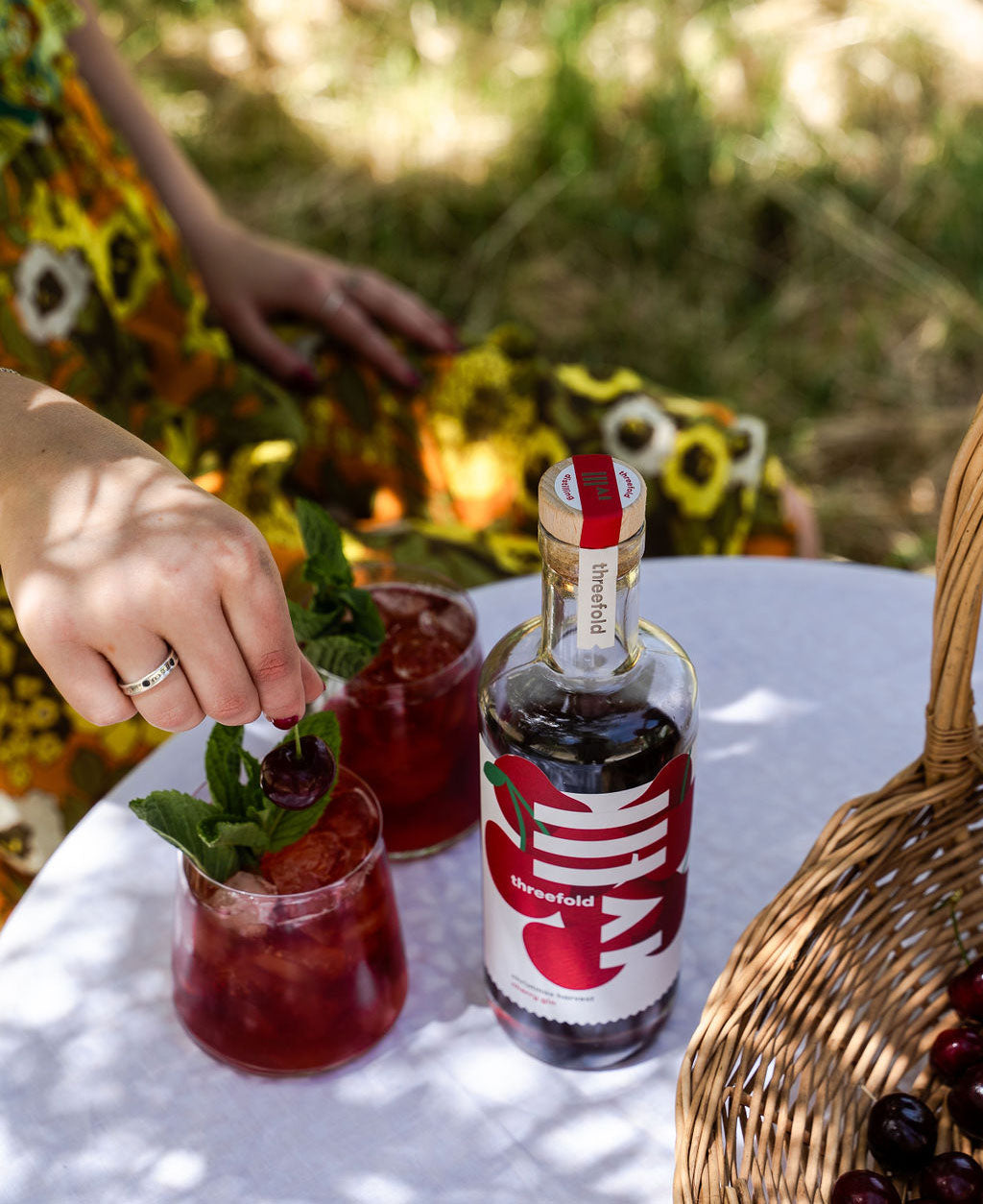
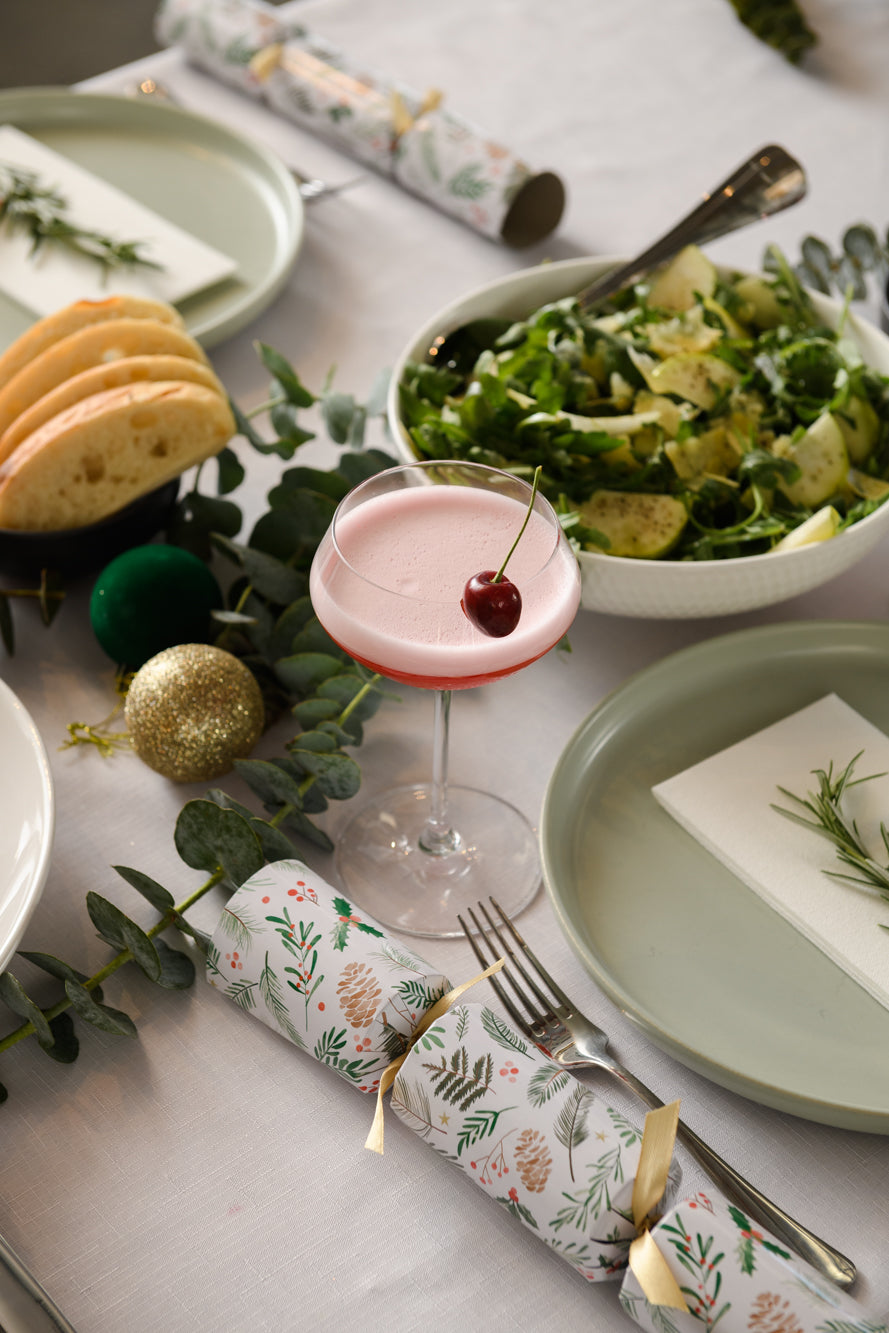
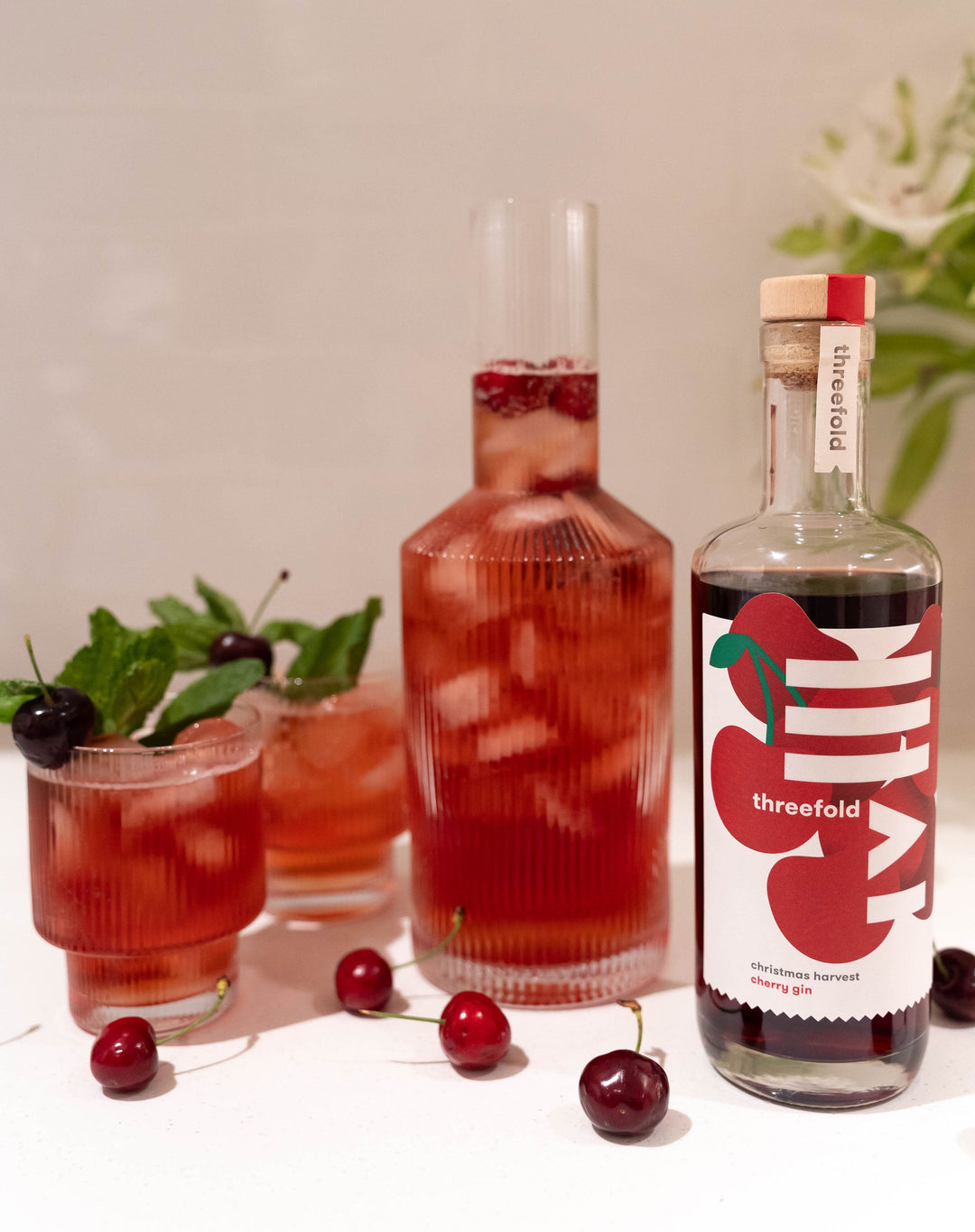
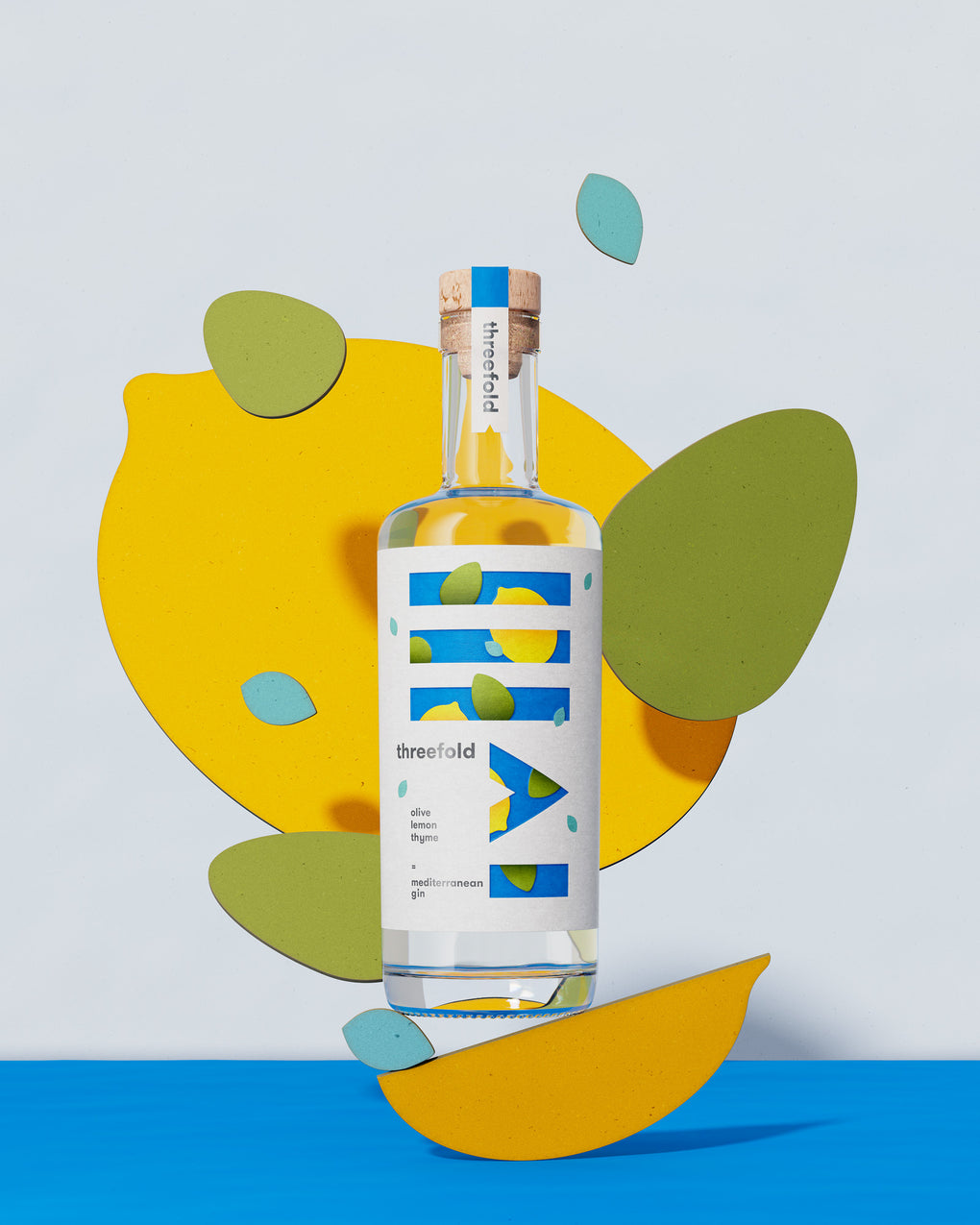
Leave a comment